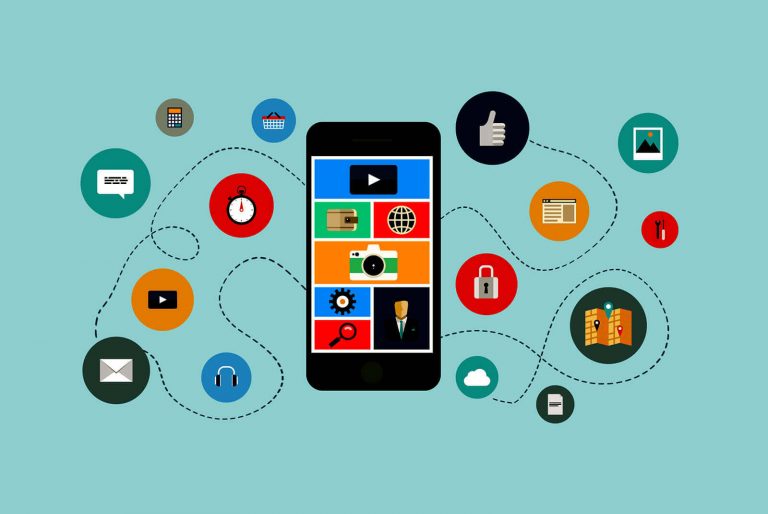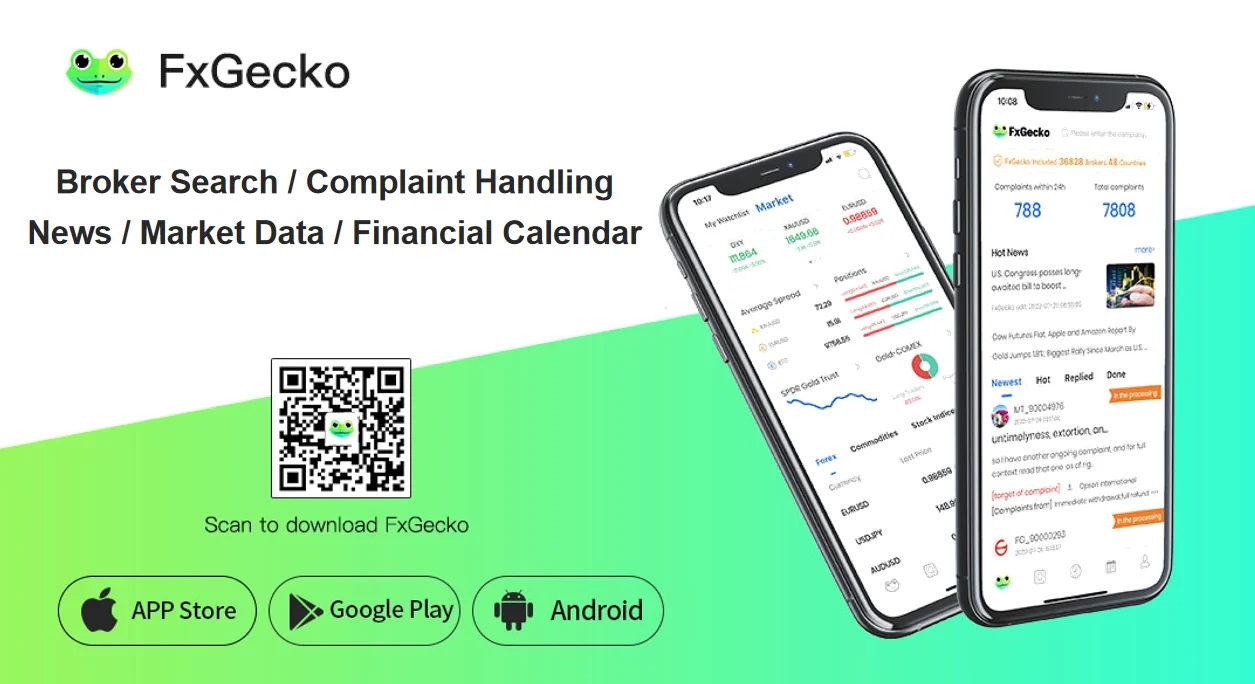If you’re wondering how much your app will cost to build, you’re not alone. App development costs can range in costs from $10,000 to $500,000 or higher. Costs depend on what you want the app to achieve. A lot of new apps are revenue-generating to run ads (and help offset costs). They might help with a particular business process or solve a problem for a user. And, while an app’s design looks good on paper, the technical aspects are what can drive the price up.
So, setting a budget can be tough. There are several contributing factors that can affect your budget. Hence, it’s always a good idea to read about app development prior to establishing a budget. That way you can set a realistic budget based on the app’s purpose or what your client has in mind.
1. Set your budget
When you set up your budget, establish an outline, time frame and projections for the app beforehand. Then set metrics or key performance indicators (KPIs) to keep your team of developers and designers on track. That way, you’ll always know how they’re progressing.
When exploring the budget for your project, generally speaking, you should allocate about:
- 60% for development and QA
- 15% for project management
- 15% for UI/UX
- 10% for business analytics
2. Include costs for labor, materials and user intent
Costs of labor and materials are primary factors for app development. Labor costs might be more affordable if you work with designers and developers or know someone from school. With materials, if your app needs to work with hardware features like a phone’s camera, this can impact costs. Set aside extra money to cover sensory features and ensure your developers and designers specialize in these.
When looking at features, consider what the app is designed to do and the user interface (UI). Will the user refer to the app to help with location tracking, e-commerce or billing? What types of external programming interfaces (APIs) will it require? What push notifications will it use? Will it offer cloud-based or local and on-device notifications?
3. Hire a developer, select a platform and outline app functionality
When hiring developers and designers, start with the technical aspects first. Questions to ask include are they experienced with your type of app? Do they have good UI experience? Next, decide if you’re app will work on iOS, Android devices or both. Before guessing, consider which operating system will draw more users based on the type of app you have. You can then work with your designer and developer to create the UI and features best suited for that platform.
With functionality, a question to ask is what is the user engagement time for the app? Consider the user’s needs so you don’t add too much to the app or leave out key features they need. Ensure you keep features simplified and not too complex.
4. Include integrations and UI
Integration costs can vary so if the cost is a factor, use a plugin instead. Ensure you check licensing requirements and any features that are built-in beforehand. With the UI elements, allocate money for this section as UI costs can vary greatly. Costs are lower for standalone apps. Integrations with 3D graphics, any visual transitions or social networking are more complex.
5. Compare app costs in and outside the U.S.
Price points can vary depending on if your app is for Android or iOS. An offline standalone app might run $12,000. While an enterprise mobile app can cost $120,000. To have a US-based agency create an offline standalone app, it might cost $50,000. But, to have them create an enterprise mobile app might run $500,000. An offline standalone app created by an offshore team might charge $5,000. And, they might only charge $60,000 for an enterprise mobile app project.
Budgets are designed to help you know the full costs for your app development project. Use the information above so you understand how to allocate money for every aspect of your project to ensure its success.
*Figures used are from the 2019 App Guide.








Add Comment